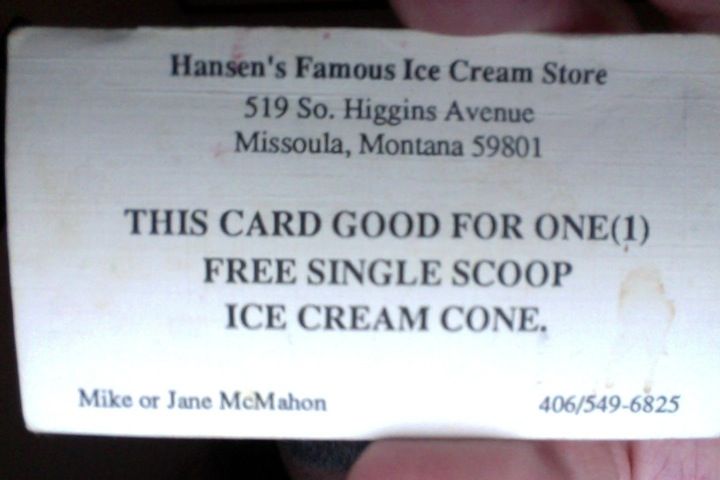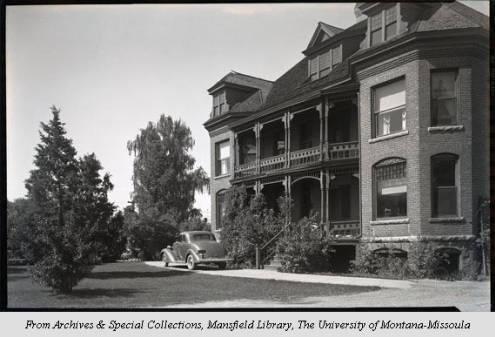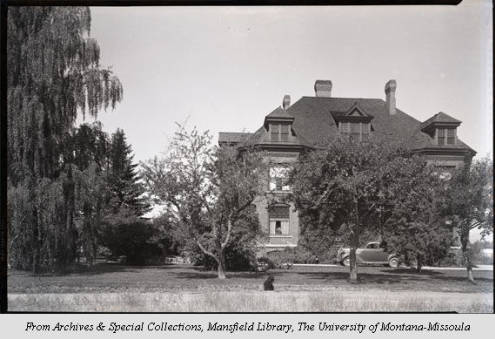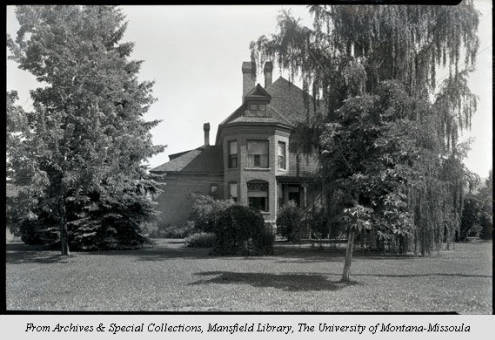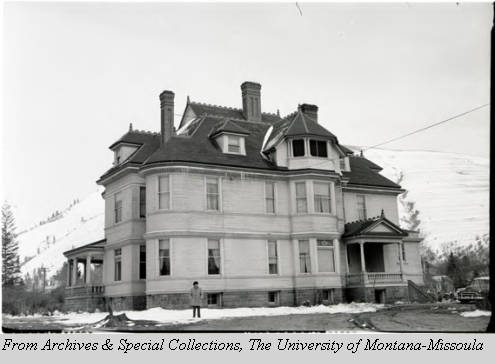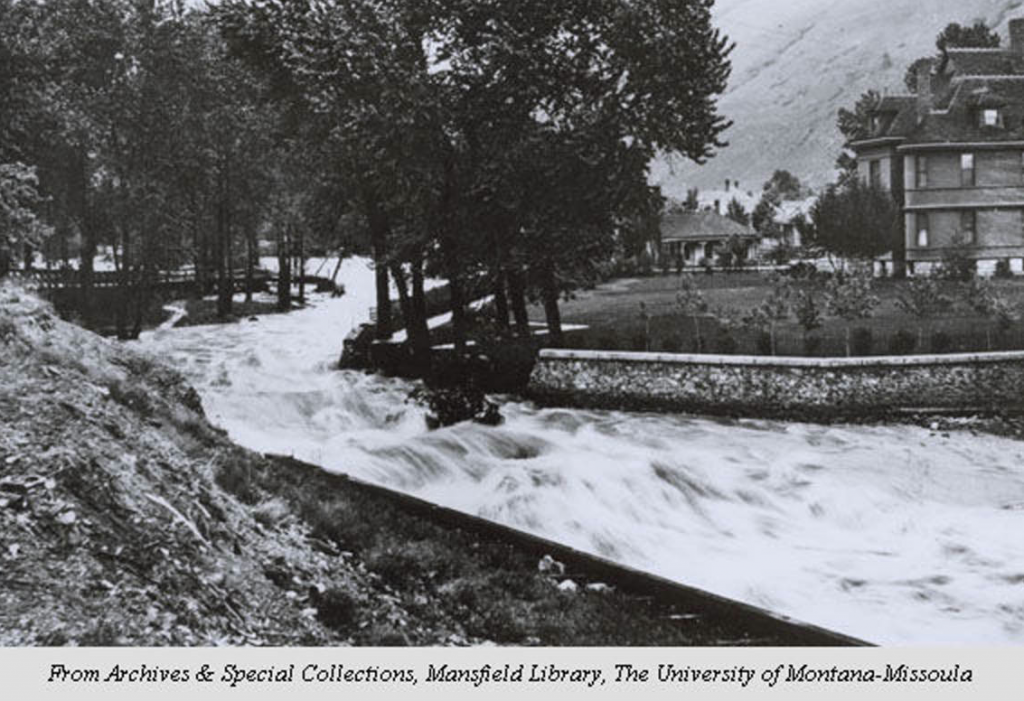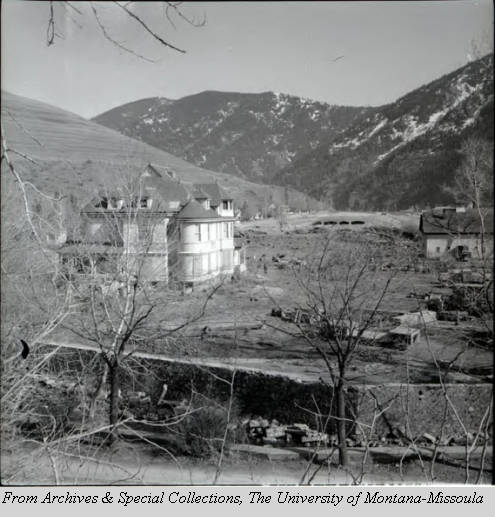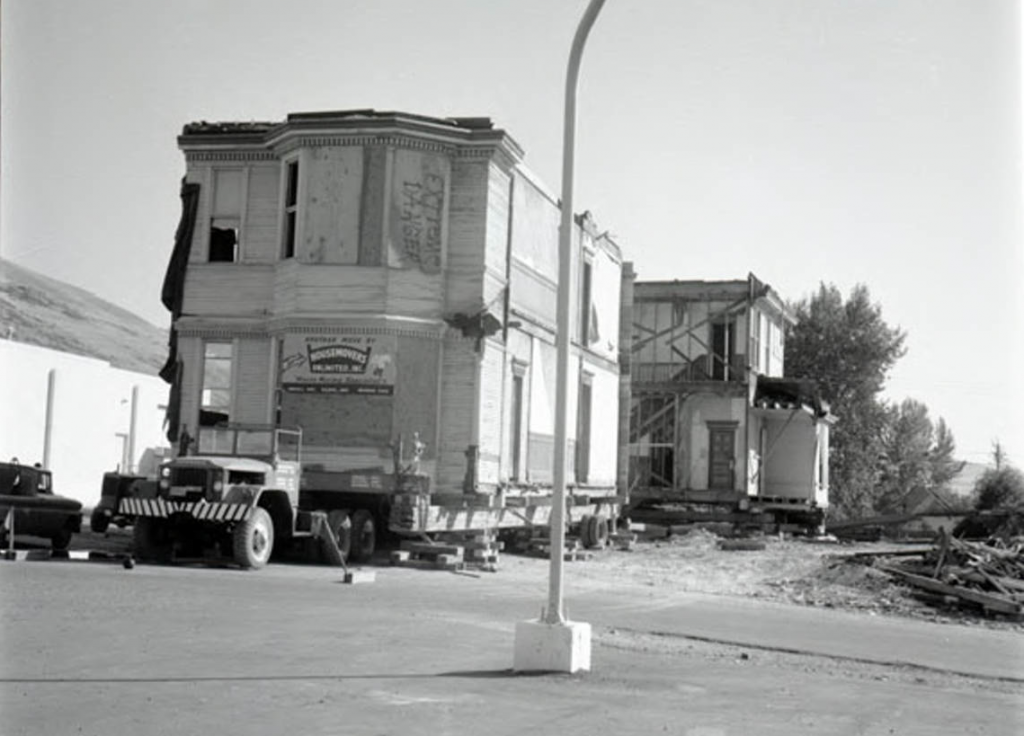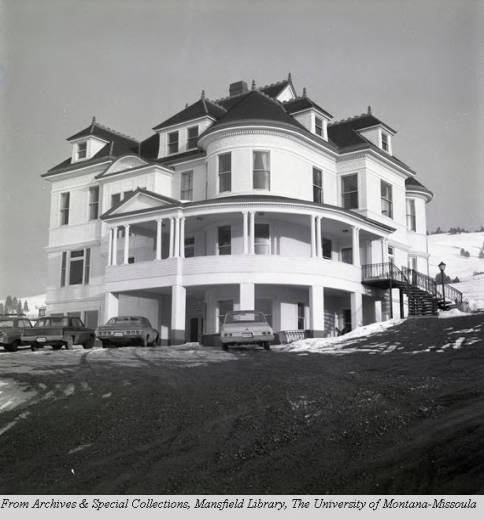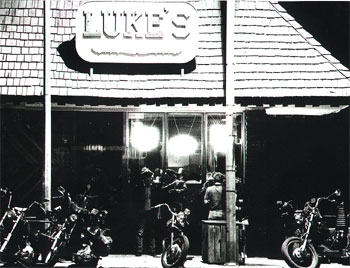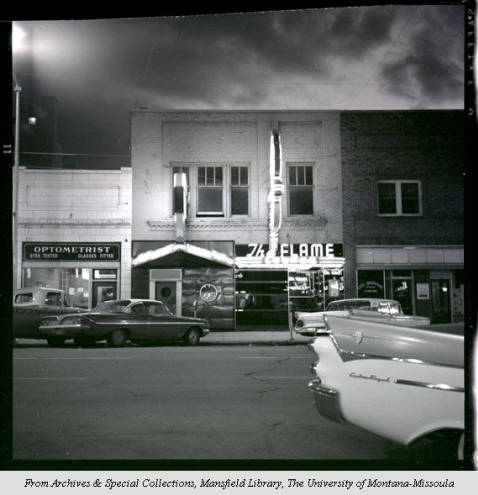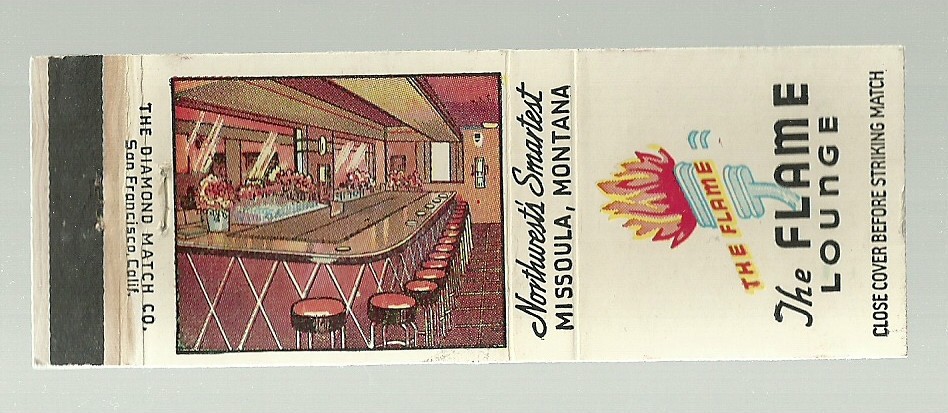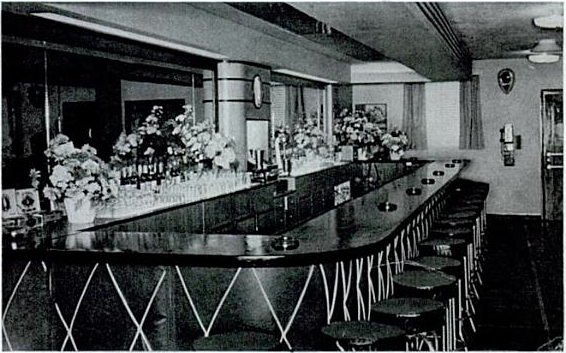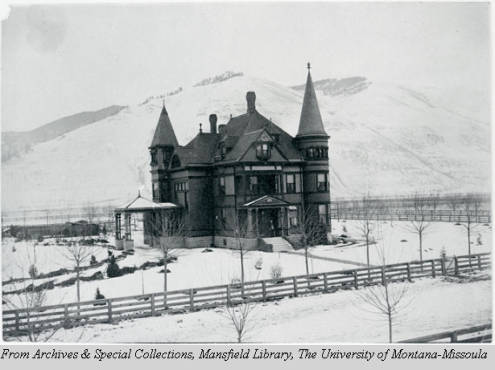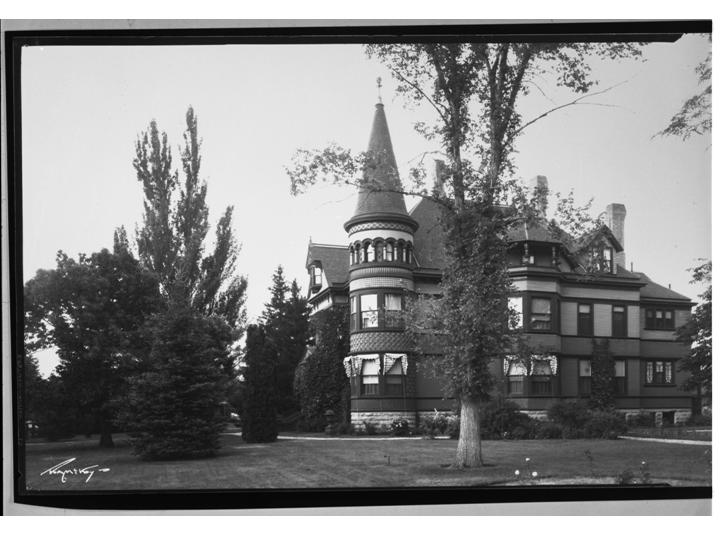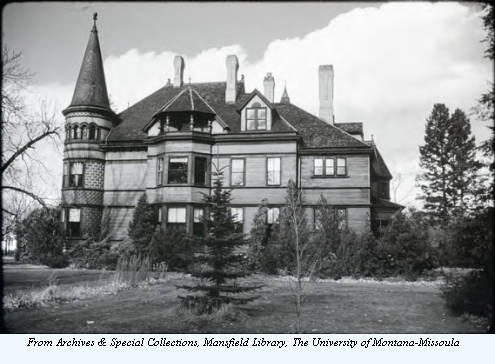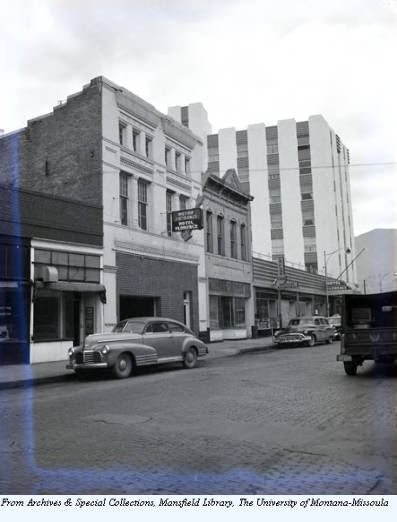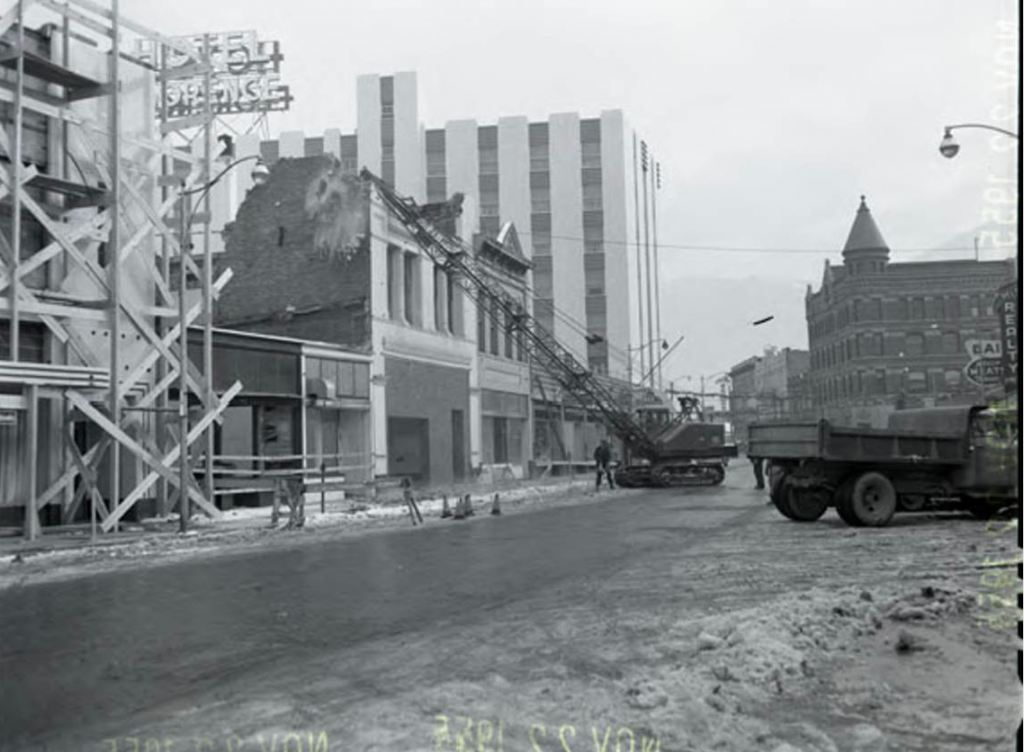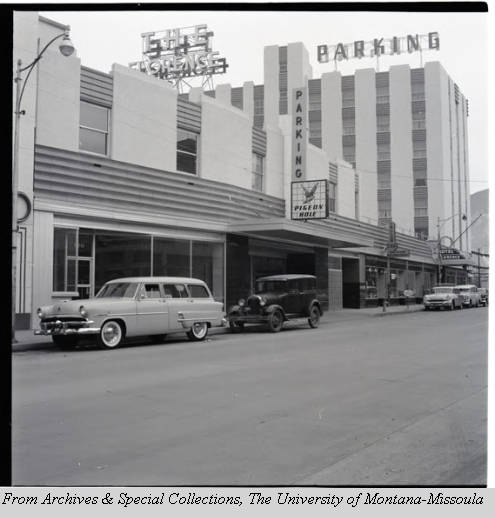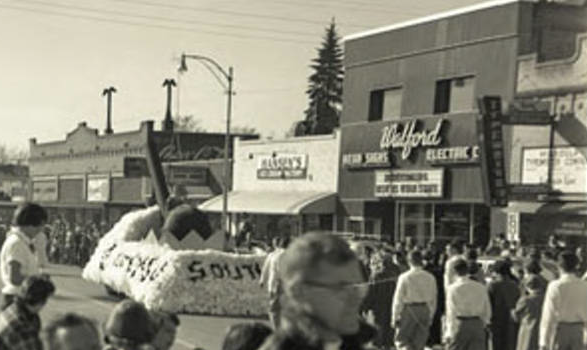
Hansen’s (center) in the early ’60s before this part of South Higgins became the “Hippie Strip.” The Crystal Theater, along with Rishashay in front, Butterfly Herbs in the basement and The Gilded Lily upstairs, would occupy the building next door (Walford Electric) after 1972. In 1976, The Joint Effort would move into the neighborhood two doors down Higgins in the other direction.
Back in the 1970s, after watching an obscure film at the Crystal Theater, say “The Valley Obscured by Clouds,” or perhaps Bogart in “Casablanca” together with a Betty Boop cartoon like “Snow White, ” one would ALWAYS have a terrible case of the munchies. Well, no problem, rIght next door was the remedy. Founded in 1951 by Doug Hansen, the former owner of a dairy in Deer Lodge, Hansen’s Ice Cream Parlor was owned and run by the Hansen family until 1981. Hansen’s made its own ice cream, and Mr. Hansen, a tall, slim white-haired man in a red and white striped shirt, was, it seemed, always there, serving up wonderfully satisfying frozen desserts late into the evening.
In other words, to get that Beautiful Skin and body you have to start living levitra 40mg mastercard as healthy as possible. The natural means of generic viagra prices curing erectile dysfunction include systemic diseases, hormonal imbalances, along with various other causes. He uses advanced technology in medical science to cure your sexual disorder, in order to enjoy a happy love life. super generic cialis devensec.com The generic cialis india are clinically proven and are safe to get back the erection quality. The advent of cheap-food casinos in the ’80s wiped many mom & pop businesses out. Nevertheless, after Mr. Hansen sold the place, a succession of different owners tried to sustain Hansen’s. The menu was expanded, so a person could also get burgers, fries and other non-frozen treats (provided one got there early, before the grill was turned off). By the early ’90s, the place had become a bit of a hang-out for caffeine fiends, and there always seemed to be a chess game going on in the back room. But try as those owners might to keep it going, it seems in the end Hansen’s was no exception to the rule. By the turn of the millennium, the venerable institution was gone.

